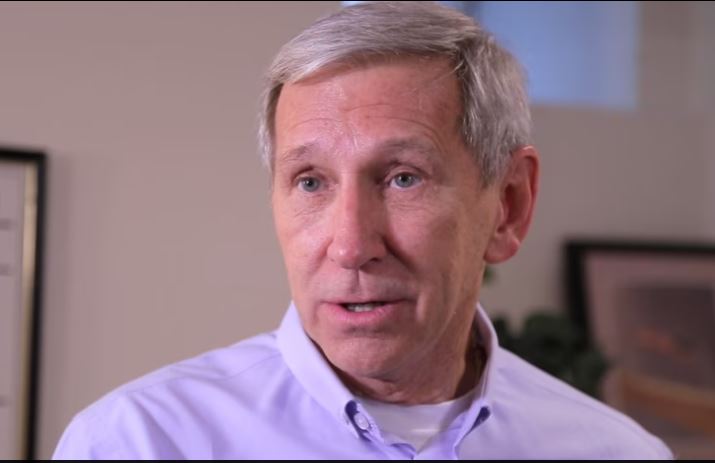 Eye contact is generally considered to be the most important visual re-enforcer a speaker has. Listeners like to be looked at. This is particularly true in persuasive business speaking. The American business culture relies heavily on the “look ’em straight in the eye” approach.
Eye contact is generally considered to be the most important visual re-enforcer a speaker has. Listeners like to be looked at. This is particularly true in persuasive business speaking. The American business culture relies heavily on the “look ’em straight in the eye” approach.
Generally speaking, eye contact should be a controlled speaking behavior. Don’t stare at people, yet don’t be too fleeting. That may sound contradictory, so here are three tips for effective eye contact while speaking:
- Hold eye contact for approximately one to three seconds, then move on to someone else. If you’re in a deep and serious one-on-one conversation, the time could easily double or triple.
- Use the X-Y-Z technique. That means move eye contact around the room in an X, Y, or Z pattern. Think of yourself as drawing one of these letters with your eyes.
- Move your eye contact everywhere – don’t look at only one or two people. This is a common mistake. You may find textbooks on speaking that urge you to “find a friendly face in the audience and make eye contact with and talk to that person.” Don’t do it. It’s nice to feel comfortable with your listeners. However, if you get too comfortable and have too much eye contact with one listener, you’ll lose the others. They will feel rejected and ignored. Be careful of this common mistake. Move eye contact around.




